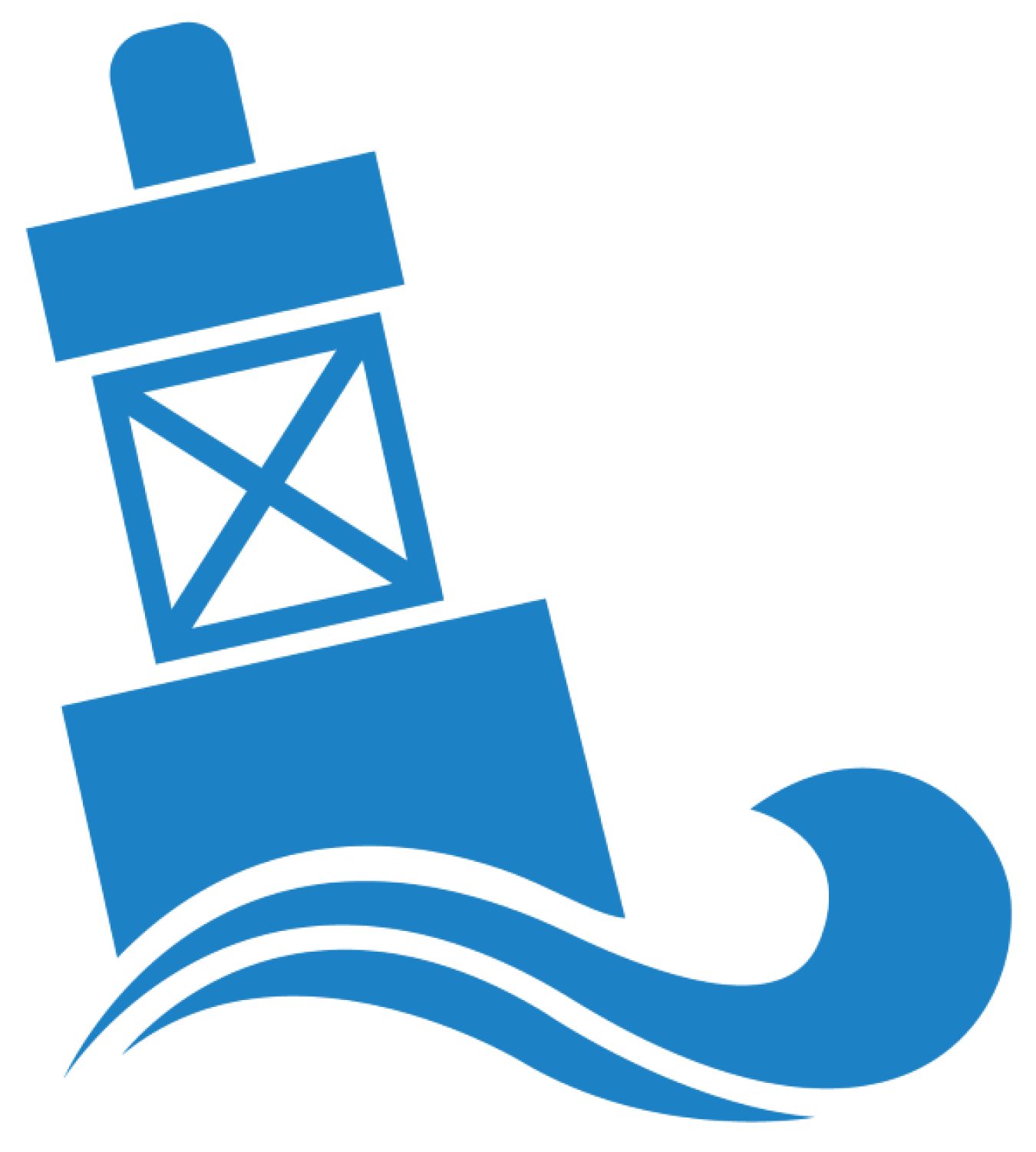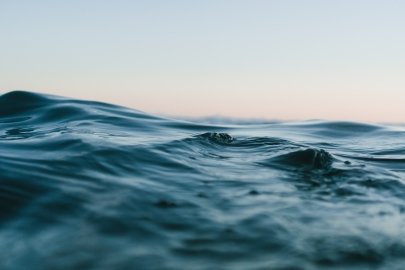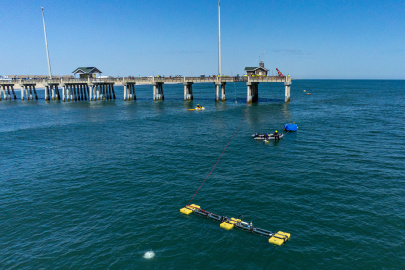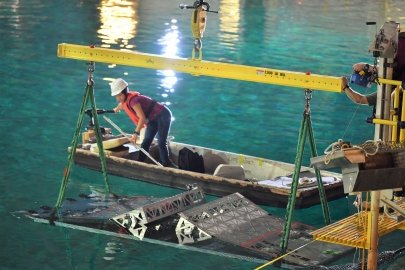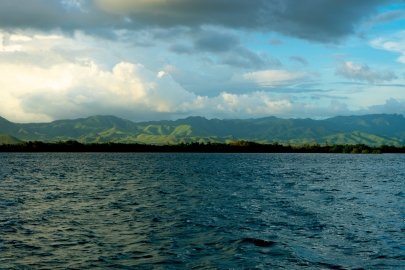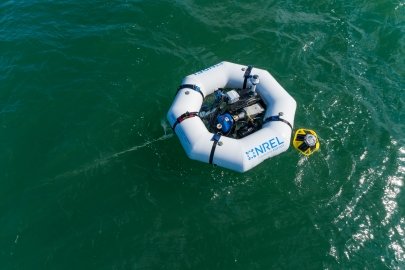The National Marine Renewable Energy Centers are undertaking infrastructure upgrades to support increased marine energy testing and development with the goal of accelerating the wide-scale commercialization of marine energy technologies.
Water Power Technologies Office
March 1, 2023Marine Energy Program
Reducing Barriers to Testing
Project Name: National Marine Energy Center Infrastructure Upgrades
Project Team: University of Washington, Oregon State University, University of Alaska Fairbanks, University of Hawai’i, Florida Atlantic University
Lead Recipient Location: Near Nenana, Alaska; Corvallis, Oregon; Seattle, Washington; Honolulu, Hawaii; and Boca Raton, Florida

The National Marine Renewable Energy Centers (NMRECs), which comprise multiple universities across the country, are undertaking infrastructure upgrades to support increased marine energy testing and development with the goal of accelerating the wide-scale commercialization of marine energy technologies. Tailored to align with the existing test infrastructure and capabilities of each NMREC, these upgrades offer marine energy developers more options for testing their devices in laboratory and open-water settings.
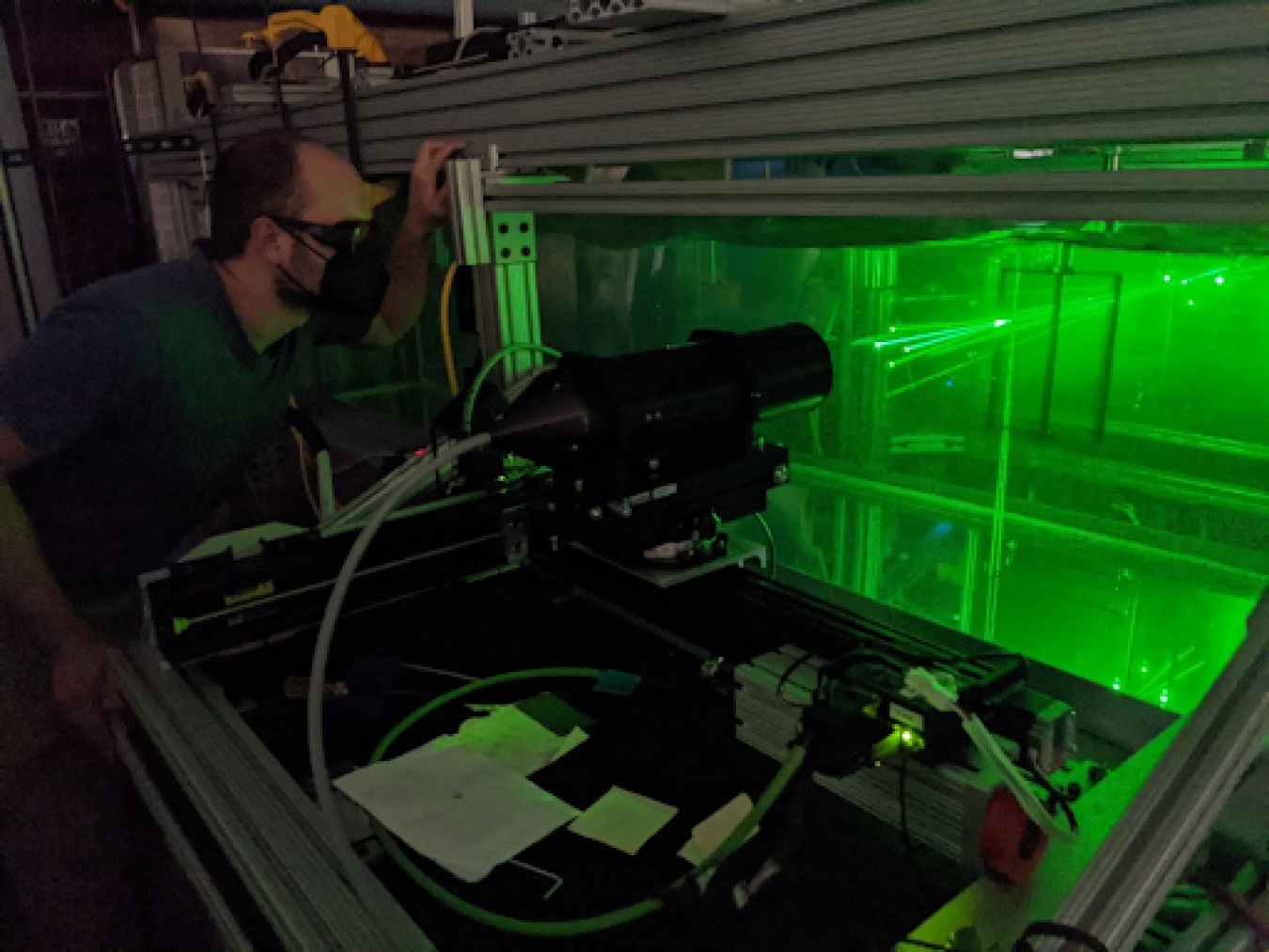
- Pacific Marine Energy Center: The team completed upgrades at the University of Alaska Fairbanks, Oregon State University, and University of Washington. At the University of Alaska Fairbanks’ Tanana River Test Site, the team commissioned new data acquisition systems and sensors that more accurately characterize turbine efficiency. Bladerunner Inc. used these systems to test its turbine that harnesses energy from river currents. Meanwhile, Oregon State University installed a new surface and sub-surface motion-tracking system in its wave basin that developers can use to track devices’ movements through water to optimize wave converter control. This system can also monitor autonomous underwater vehicles, ensuring they correctly dock with wave converters that recharge the vehicle’s batteries. Finally, the University of Washington commissioned a new sensor system in its flume (which is like a water tunnel) that can accurately measure water speeds close to turbine blades in laboratory-scale tests. This new system will provide developers with new information about how currents interact with blades, leading to more efficient and cost-effective turbine designs.
- Hawai’i National Marine Renewable Energy Center: The University of Hawaii completed several upgrades to support marine energy testing at the Kilo Nalu Observatory on the south shore of Oahu. This location is easier to access and has more weather windows during which marine energy devices can be deployed than the neighboring Wave Energy Test Site. The facility installed a new marine radar with accompanying measurement buoys, which will help developers to more accurately measure wave energy potential during tests. Future upgrade plans include a docking station for autonomous underwater vehicles, which could be powered by wave energy converters in the future.
- Southeast National Marine Renewable Energy Center: Florida Atlantic University began upgrading its offshore and onshore tow testing capabilities to include a stronger deck winch and cables, which allow for testing of larger devices. Tow testing refers to pulling a turbine through water to simulate a current moving past an anchored turbine, providing another way to test marine energy technologies. The project team is also upgrading the facility’s dynamometer, a device that measures generator efficiency. These upgrades will allow the Southeast National Marine Renewable Energy Center to support developers with larger turbines and generators.
By bolstering current testing infrastructure, along with the addition of the Atlantic Marine Energy Center (established in 2021), the NMRECs are making significant contributions to the future landscape of marine energy. These upgrades will allow marine energy technology developers to test their devices in laboratory and open-water environments, providing insights that will help these technologies advance along the path to commercialization.
WPTO's Marine Energy e-newsletter shares news and updates on tools, analysis, and emerging technologies to advance marine energy.
The WPTO e-newsletter brings funding opportunities, events, publications, hydropower, and marine energy updates directly to your inbox.


